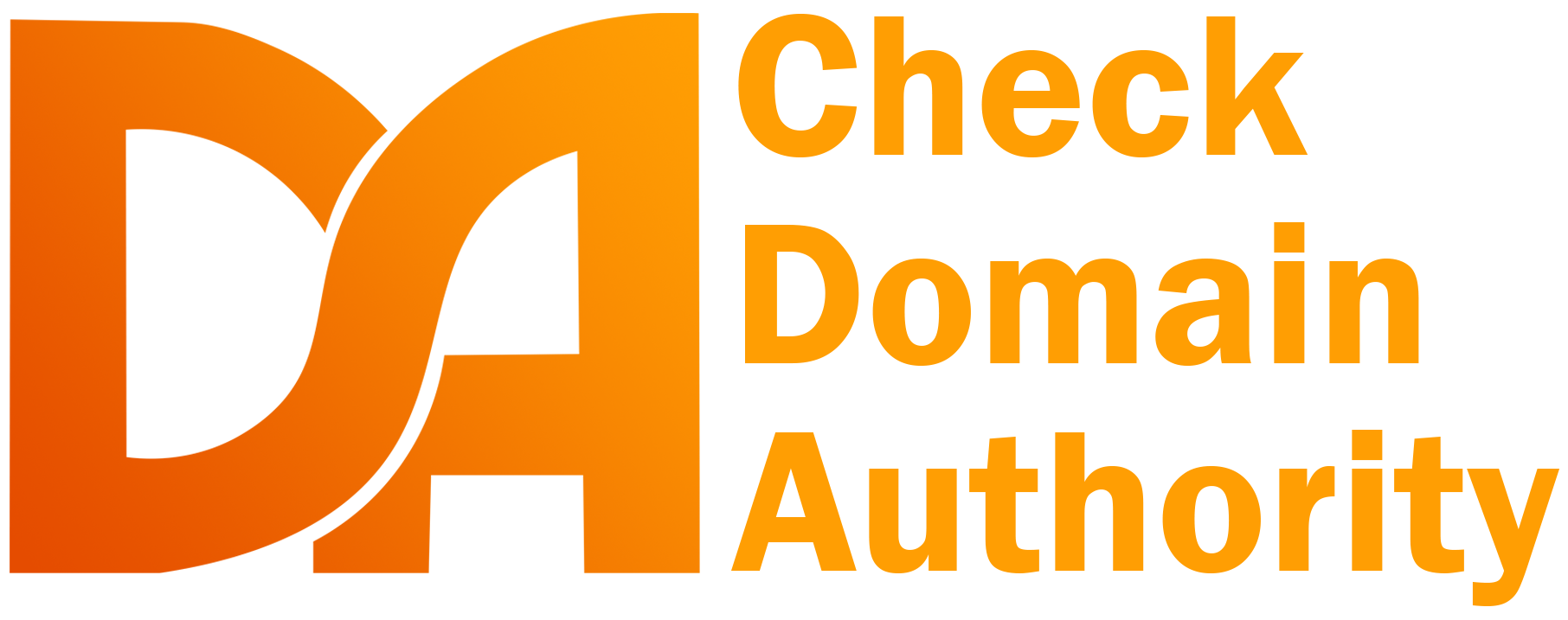Though, according to startsics, 52.3% of digital marketers claim that link building is the hardest part in SEO, there are methods to stay more in control of the process. Understanding how important link building is, many companies get involved in strategic link building. They hire experts, conduct the link-building process in-house, or outsource it. In any operation, measuring the results and drawing conclusions for improvement is no less important than the process.
Link tracking in SEO is monitoring the performance of a website’s links, including backlinks from other sites. Tracking links aims to measure the impact on search engine rankings. It is quite critical to perform the tracking because of the many links being built. In fact, according to statistics from Authority Hacker, an average website owner builds monthly around 9 links. These links cannot just be built and left to themselves. They should be watched and their effectiveness tracked.
This can be achieved via tracking tools and software allowing web admins to identify which links generate the most traffic and conversions. By analyzing this data, web admins can make informed decisions about link-building strategies and optimize their SEO efforts for maximum effectiveness.
Tracking links is critical because
- it helps website owners and marketers measure the success of their efforts
- identify which links are generating the most traffic and conversions
- optimize their SEO strategy accordingly
The ultimate results are better search engine rankings and increased visibility for their website.
Types of Link Tracking
There are several types of by which you can track links, each focusing on different specifics and holding different benefits. They fall into these three categories: click tracking, conversion tracking, and sales tracking. Let’s discuss each separately.

Click Tracking: In link building, and similarly, in outreaching, click tracking is the process of measuring and analyzing the number of clicks and taps that a particular link receives. It gives data on which links generate the most website traffic. Or if the people receiving it in their inboxes are interested in the offers.
Conversion Tracking: Each marketing campaign has a purpose. It is reflected in the CTA to reach the audience. Conversion tracking measures the number of clicks that result in a specific action, such as a purchase or a sign-up (that’s the call-to-action); tracking conversion, website owners evaluate the effectiveness of their marketing campaigns in terms of actions taken by the audience.
Sales Tracking: Sales tracking is a type of conversion tracking that explicitly measures the revenue generated by clicks on a particular link, providing valuable insights into the ROI of a marketing campaign. E-commerce businesses usually involve in sales tracking. And benefits by helping identify which products or pages drive the most revenue.
What are the Benefits of Link Tracking?
Gaining a good grasp of the tracking benefits, marketers better understand how to allocate resources and the areas of importance. By monitoring website traffic, user behavior, and conversion rates, tracking can help businesses in multiple ways. Below are the benefits that need the most attention.
Helps measure website traffic
When managing a website, one fundamental point is estimating the traffic it gets. In optimizing the website and when engaged in the importance of link building, the traffic comes primarily from the link exchanges.
Tracking is like having control over the links you give and get. It is an effective way to monitor the performance of individual pages and links. By tracking the number of clicks on a link, website owners can determine which pages generate the most traffic and adjust their content accordingly to maximize their website’s visibility.
For instance, with a grasp of link performance, marketers may optimize specific pages with additional content, multimedia, or other features to encourage engagement, ultimately improving rankings.
Helps monitor campaign effectiveness
Business owners investing in a marketing strategy should be confident they can make another investment later. Here return on investment (ROI) comes into play. It gives insight into a strategy’s success and whether it is worth taking up again.
Meanwhile, tracking links helps maximize ROI and improve performance. Marketers will know where to direct their resources and attention by finding out the strong and weak points.
Tracking links provides an effective way to measure the success of different marketing channels and campaigns by tracking clicks and conversions on specific links.
For example, the anchor text “artificial intelligence trends” with a backlink gets hype and the most clicks. This way, tracking links will help the SEO experts identify the liked and clicked keywords. Next, they can invest in creating more content focused on that keyword, such as blog posts or landing pages. Attention and attraction will boost website visits.

Helps understand users
Regardless of the digital marketing strategy, the user is the core. They interact with the website, and their satisfaction determines future strategic planning.
Link clicks and insights on the click-through rates give digital experts a profound idea of the users’ preferences. Eventually, digital marketing strategies are based mainly on users’ behaviors and preferences. Let’s assume that the audience’s demographics are focused on YouTube more than on any engine. This is found out from the tracking since shared YouTube links get more clicks than traffic from another engine.
An SEO-specific example is analyzing the click-through rates (CTRs) for different search engine result pages and then adjusting the website’s meta descriptions and titles to improve their click-through rates.
How does Link Tracking Work?
Picking up the importance and technique of tracking links, you are probably wondering how to start following your URLs. How can this magic apply to your website ranking status?
Using tools and software
We live in the reality of tools and software in all life aspects. This thing is that it is the reality and doesn’t just seem so. Tools and software assist in digital marketing, where SEO is no exception. Isn’t it mind-blowing? You use tools to affect tools and then use other tools to measure the effects of these tools.
Tracking links involves using particular tools and software click data analysis. This can range from simple URL shorteners that track basic click data, to more advanced analytics platforms that provide detailed insights into user behavior and conversion rates.
Businesses should consider their specific needs and budget size to select tools and software. Once the tool is selected, you will typically need to set up custom tracking codes for each link you want to track, which can be done through the tracking tool’s interface or by manually adding tracking parameters to your link URLs. It’s done; you regularly access the tool to monitor and analyze click data for each link. Here you go; you are ready to collect and analyze the data from the links.
URL tracking in action
It’s equally important to see these beneficial opportunities in action. One example of URL tracking in action is when businesses use custom tracking codes to monitor the effectiveness of their email marketing campaigns.
This way, business owners can monitor which links are clicked most frequently and gain valuable insights into user behavior, such as when users are most likely to click on a link or the most popular product or service types.
Another real and practical example of URL tracking in action is using tracking codes to monitor clicks on social media posts or ads. By including custom tracking codes in each post or ad’s links, businesses can determine which posts or ads are most effective at driving clicks and conversions and adjust their social media strategy accordingly.
Effective tracking practices
To track links effectively, you will need to implement effective practices. Here come the actions to follow.
- Set up your tracking tools correctly. It includes configuring your tracking codes and setting up goals. Ensuring that your tracking codes function correctly and are added to all relevant links is also essential.
- Collect, monitor, and regularly analyze your tracking data, looking for trends, patterns, and areas for improvement. This includes monitoring your conversion rates, click-through rates, bounce rates, and other necessary metrics. You should also test and experiment with different marketing strategies to optimize your performance.
- Maintain good data hygiene, which includes regular cleaning and organizing your data, ensuring that you are not tracking irrelevant or spam clicks, and keeping your tracking tools up to date with the latest features and capabilities.
You can turn URL tracking into an insightful SEO strategy. Following, collecting, and analyzing data, you can improve your digital marketing, drive more conversions and revenue, and ultimately achieve your business objectives.
Let’s Recap!
We understood the matter of tracking links – to monitor the performance of a website’s links, including backlinks from other sites, to measure the impact on search engine rankings. We identify three types of tracking – click tracking, conversion tracking, and sales tracking. Each of them focuses on different specifics.
The benefits of tracking the links take in measuring website traffic, monitoring campaign effectiveness, and understanding users. SEO experts track URLs through tracking tools and software that allow web admins to identify which links generate the most traffic and conversions, make informed decisions about link-building strategies, and optimize SEO efforts.
So, you see that optimizing a site requires you to trace how your efforts work. Track your links to fully control your SEO play when you are involved in link building or earning.





